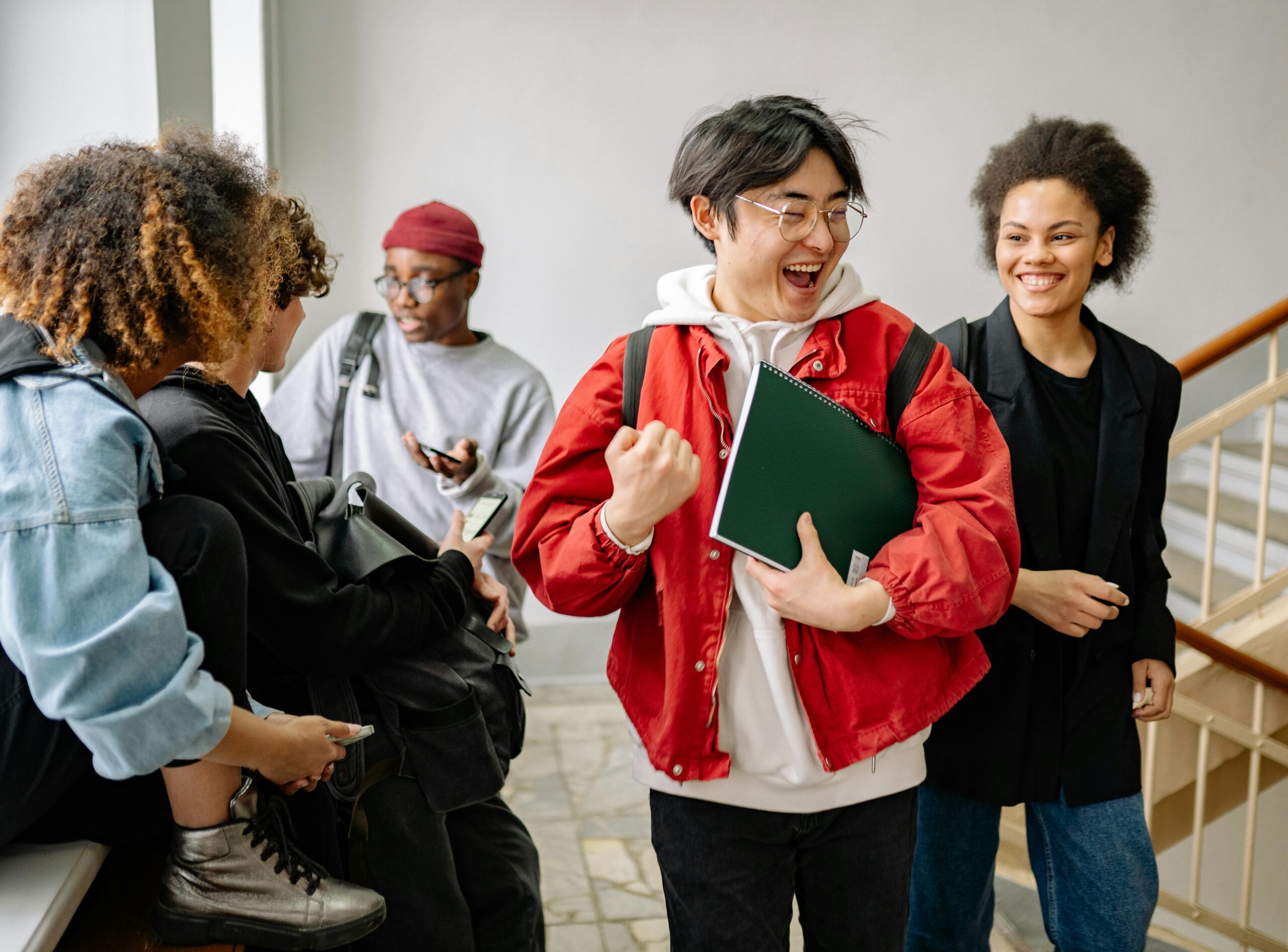
If They’re Laughing, They’re Listening
By Patrick Erwin
In my 17 years of teaching, my students used to tell me that I had two major flaws. First, I don’t listen very well. Second… well, I don’t remember.
One thing I do remember is how my sixth-grade English teacher made class fun. Ms. Bickford was an older teacher, but I loved how she didn’t take herself too seriously. She would move around the class, singing and rapping to help us remember. I can still chant with her, “A Verb. An Adjective, Another Adverb.” Or “I, You, He-She-It, We, You, They.” I will never forget those tenets of writing because she taught them with levity.
One of the things we know about being a teacher is that we wear many hats: teacher, coach, counselor, manager, administrator, custodian, etc. However, one of the hats that I think we can wear to create more effective classrooms, higher levels of engagement, and a culture of belonging is a ‘comedian.’ Now, before you log off saying, “I’m not funny…” hear me out. It’s only 750 more words anyway, and my email is at the bottom if you still hate this idea at the end.
When I say ‘comedian,’ I don’t mean the stand-up type. I simply mean that it’s highly likely the best teachers we all had made us laugh. Moments of levity can have a serious impact on the environment of our classrooms, and it’s worth taking some time to figure out why.
I recently finished Humor, Seriously by Jennifer Aaker and Naomi Bagdonas, a book about humor in the workplace. Of course, a school is a workplace, but a very different one than an office building. (Less cursing, more coffee, for one.) But I think what they say is valuable.
To start, let’s discard the idea that we need to engage in actual comedy. None of us are professional comedians (my kids remind me of this all the time). Think of being funny in terms of physical activity:
Levity = Movement (of any kind)
Humor = Exercise
Comedy = Playing Sports
Most teachers will be just fine in the levity and humor category. Comedy takes years of practice, and seeing that you’re probably stretched for time to make those copies for your next class that you just remembered about, let’s not worry about comedy.
Aaker and Bagdonas write: “Levity is a mindset of being receptive to and actively seeking joy. Humor is intentionally channeling levity toward a specific goal.” The research discussed in their book discovered four main benefits of humor that stood out to me. When an environment includes humor and levity:
- Content is more memorable.
- Belonging increases.
- Creativity increases.
- Resilience increases.
Every educator wants those four things in their classroom. We can achieve them with levity and laughter. But how? Here are four ways to infuse levity into your classroom:
1. Use activities and games to introduce concepts. One of the fun things about my job as curriculum director is coming up with ‘hooks’ for our Habitudes® lessons. We believe that learning starts by ‘turning up the fun’ and finding ways to introduce lessons with a brain teaser, video, activity, or even a joke. It lightens the mood and brings them in close to listen.
2. Use music to create a memorable environment. Remember Ms. Bickford? She taught us through music, and I still remember her lessons today. Music engages both sides of the brain and helps us remember. You can teach through song or just put on some background music to create an enhanced learning environment.
3. Celebrate achievements with light-hearted awards. We used to do ‘paper plate awards’ in my classes. The students created awards for each other (which I reviewed for appropriateness) and gave them out at certain times of the year. They were always heart-warming and fun awards like “worst dad jokes” and “thinks he’s cool for using Gen Z slang” — both examples of ones they gave me.
4. Use a tool that encourages levity and learning. Many times, our hesitance to change the way we approach teaching is because we lack the tools. I mentioned earlier that our Habitudes curriculum uses levity to introduce concepts. Also, it’s a great way to have an in-depth conversation about leadership and life skills. Best of all, we’ve created all the puzzles, games, and activities for you so you can just focus on having fun with your students. If you want to find out more about Habitudes, click here.
You don’t have to be a comedian to create moments of levity and laughter in your classroom. You just need the ability to have a little fun, not take yourself too seriously, and invite the students to laugh with you. The benefits of levity are incredible, and the cost is low. We think you’ll find that your students will engage more often when they’re laughing. In fact, practicing this art will enable us to reach our goal of student engagement and student learning.
After all: “if they’re laughing, they’re listening.”




